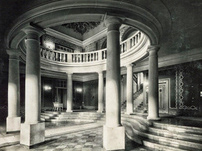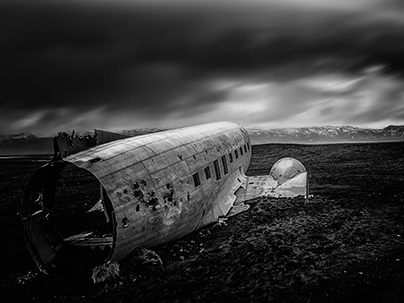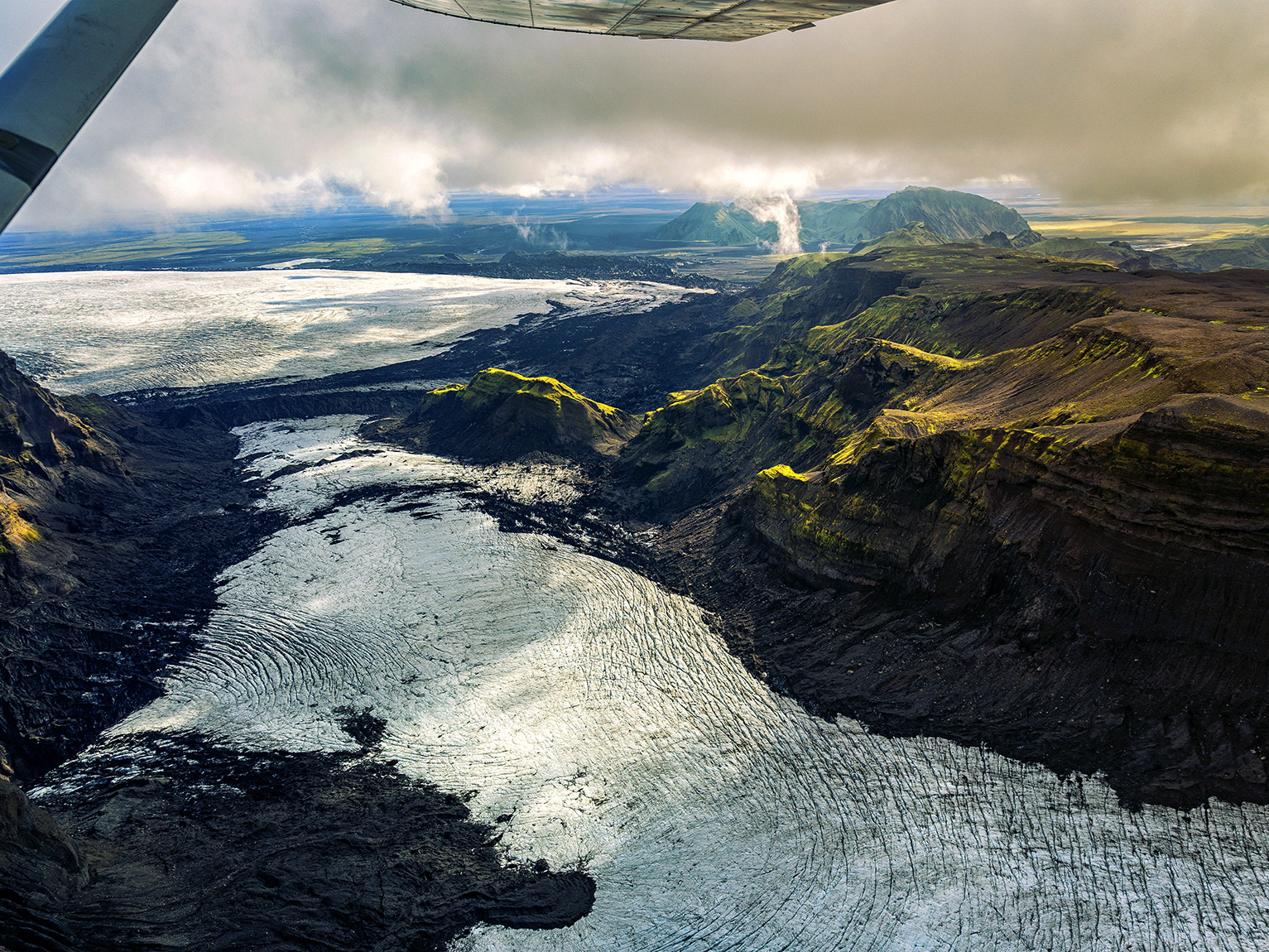


P h o e n i x C i t y
Warsaw 1944 - 2019
Warsaw (/ˈwɔːrsɔː/ WOR-saw; Polish: Warszawa [varˈʂava] (listen); see also other names) is the capital and largest city of Poland. The metropolis stands on the Vistula River in east-central Poland and its population is officially estimated at 1.78 million residents within a greater metropolitan area of 3.1 million residents,[5] which makes Warsaw the 8th most-populous capital city in the European Union. The city limits cover 516.9 square kilometres (199.6 sq mi), while the metropolitan area covers 6,100.43 square kilometres (2,355.39 sq mi).[6] Warsaw is an alpha global city,[7] a major international tourist destination, and a significant cultural, political and economic hub. Its historical Old Town was designated a UNESCO World Heritage Site.
Once described as the "Paris of the North", Warsaw was believed to be one of the most beautiful cities in the world until World War II.
Bombed at the start of the German invasion in 1939, the city withstood a siege for which it was later awarded Poland's highest military decoration for heroism, the Virtuti Militari.
Deportations of the Jewish population to concentration camps led to the Warsaw Ghetto Uprising in 1943 and the destruction of the Ghetto after a month of combat.
A general Warsaw Uprising between August and October 1944 led to even greater devastation and systematic razing by the Germans in advance of the Vistula–Oder Offensive. Warsaw gained the new title of Phoenix City because of its extensive history and complete reconstruction after World War II, which had left over 85% of its buildings in ruins.


By July 1944, the Red Army was deep into Polish territory and pursuing the Germans toward Warsaw. Knowing that Stalin was hostile to the idea of an independent Poland, the Polish government-in-exile in London gave orders to the underground Home Army (AK) to try to seize control of Warsaw from the Germans before the Red Army arrived. Thus, on 1 August 1944, as the Red Army was nearing the city, the Warsaw uprising began.The armed struggle, planned to last 48 hours, was partially successful, however it went on for 63 days. Eventually the Home Army fighters and civilians assisting them were forced to capitulate. They were transported to PoW camps in Germany, while the entire civilian population was expelled. Polish civilian deaths are estimated at between 150,000 and 200,000.
The Germans then razed Warsaw to the ground. Hitler, ignoring the agreed terms of the capitulation, ordered the entire city to be razed to the ground and the library and museum collections taken to Germany or burned. Monuments and government buildings were blown up by special German troops known as Verbrennungs- und Vernichtungskommando ("Burning and Destruction Detachments").
About 85% of the city had been destroyed, including the historic Old Town and the Royal Castle.









P h o e n i x C i t y
Warsaw 1944 - 2019
Project from 2014
https://www.facebook.com/Pati.Makowska.Photo
© Copyright Info
All material in my gallery
may not be reproduced,
copied, edited, published,
transmitted or uploaded
in any way















